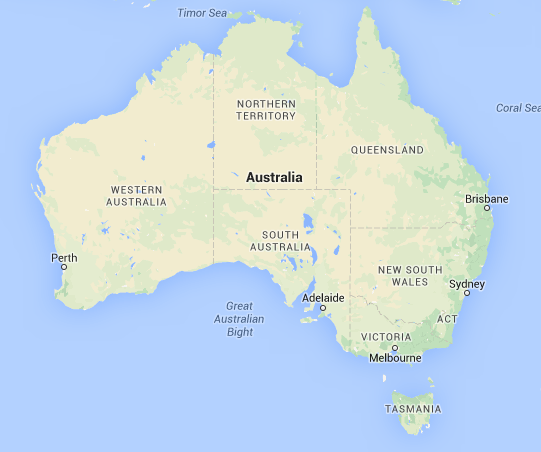Case-study /
The Gaurnaut Review 2011 – Australia in the Global Response to Climate Change


Sourced from Google Maps
Background
The Garnaut Climate Change Review was commissioned by the Commonwealth, state and territory governments in 2007 to conduct an independent study of the impacts of climate change on the Australian economy. The report examined how Australia, as a single country, was likely to be affected by climate change and how it could best contribute to climate change mitigation, and begin to adapt.
In November 2010, an update commissioned by the Australian Government to the 2008 Review. In particular, to examine whether significant changes had occurred that would affect the key findings and recommendations reached in 2008.
The commissioning of the update reflected the changed international and domestic landscapes for climate change action following the international climate change conferences in Copenhagen and Cancun in 2009 and 2010, and the Great Crash of 2008. What implications did these events have for climate change policy globally and in Australia?
The final book was the product of seven months of careful research, analysis, expert studies and consultation, which have examined key developments over the previous two and a half years across a range of areas—the climate science, global greenhouse gas emissions, international progress on climate change mitigation, Australia’s land and electricity sectors, innovation and technology, and carbon pricing. Eight detailed update papers were released between February and March 2011. Two supplementary notes came out at the same time as this book. These materials and other supporting information can be found on the Garnaut Climate Change Review website at www.garnautreview.org.au.
Introduction
The 2008 Garnaut Climate Change Review compared the costs and benefits of Australia taking action to reduce the damage of climate change caused by humans. It concluded that it was in Australia‘s national interest to do its fair share in a strong global effort to mitigate climate change.
The 2008 Review accepted the central judgments from the mainstream science about the effects of changes in greenhouse gas concentrations in the atmosphere on temperature, and about the effects of temperature changes on climate and the physical earth. I formed the view that the mainstream science was right ̳on a balance of probabilities‘, and that errors were as likely to be in the direction of understatement of damage to human society as in the direction of overstatement.
I used the results of the science to inform a model of the impacts of climate change on the Australian economy, including impacts on agricultural productivity, our terms of trade, and infrastructure. The model included links to the global economy and was based on Australia doing its fair share in a global effort to reduce the damage from climate change.
The modelling showed that the growth rate for Australian national income in the second half of the 21st century would be higher at the end of the century with mitigation than without. The present value of the market benefits this century fell just short of the value of the costs of mitigation policy. However, when we took account of the value of Australians‘ lives beyond the 21st century, the value of our natural and social heritage, health and other things that weren‘t measured in the economic modelling, and the value of insuring against outcomes that were worse than the average impacts assumed in the modelling, strong mitigation was clearly in the national interest.
The Final Report
The Garnaut Review 2011: Australia in the Global Response to Climate Change examines how developments in science, diplomacy, political culture and the economy have affected the national interest case for Australian climate change action.
My book is the story of Australia‘s national interest in contributing our fair share to a global mitigation effort. It is a story of how market-based approaches to mitigation can bring out the best in Australians, and a return to regulatory approaches the worst. Both best and worst lead us to the same conclusion: that a broad-based market approach will best preserve Australian prosperity as we make the transition to a low-carbon future. Annex A to this summary lists the central elements of my policy recommendations.
The first supplementary note, A 10-year plan for carbon pricing revenue (Annex B), provides further detail about the expected revenues and the recommended allocation of funds generated by the carbon pricing scheme. The second supplementary note, Governance arrangements for Australia’s carbon pricing scheme (Annex C), provides further detail about the institutional and administrative arrangements required to maximise the stability and efficiency of the scheme and underpin community and business confidence.
Suggested citation
Garnaut, R. (2011).The Garnaut review 2011: Australia in the global response to climate change. Cambridge: Cambridge University Press.
